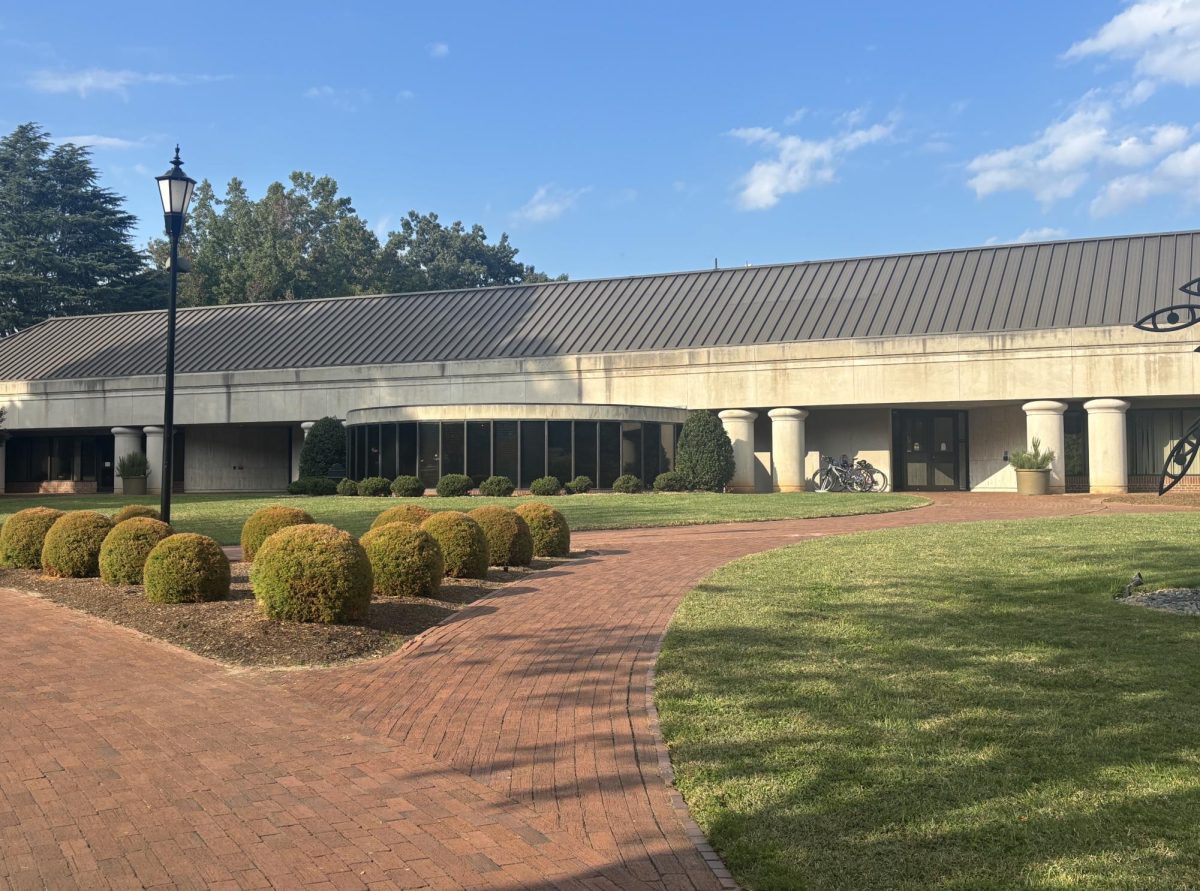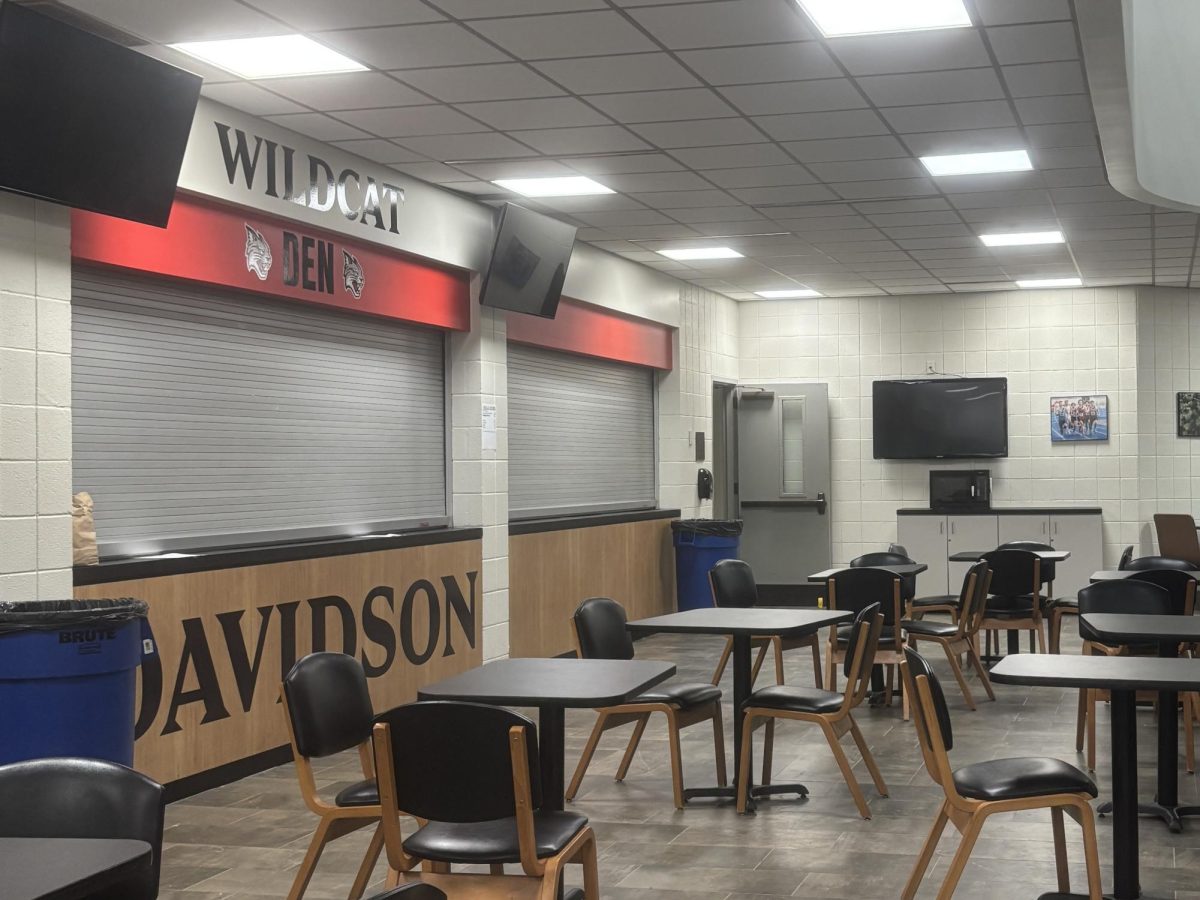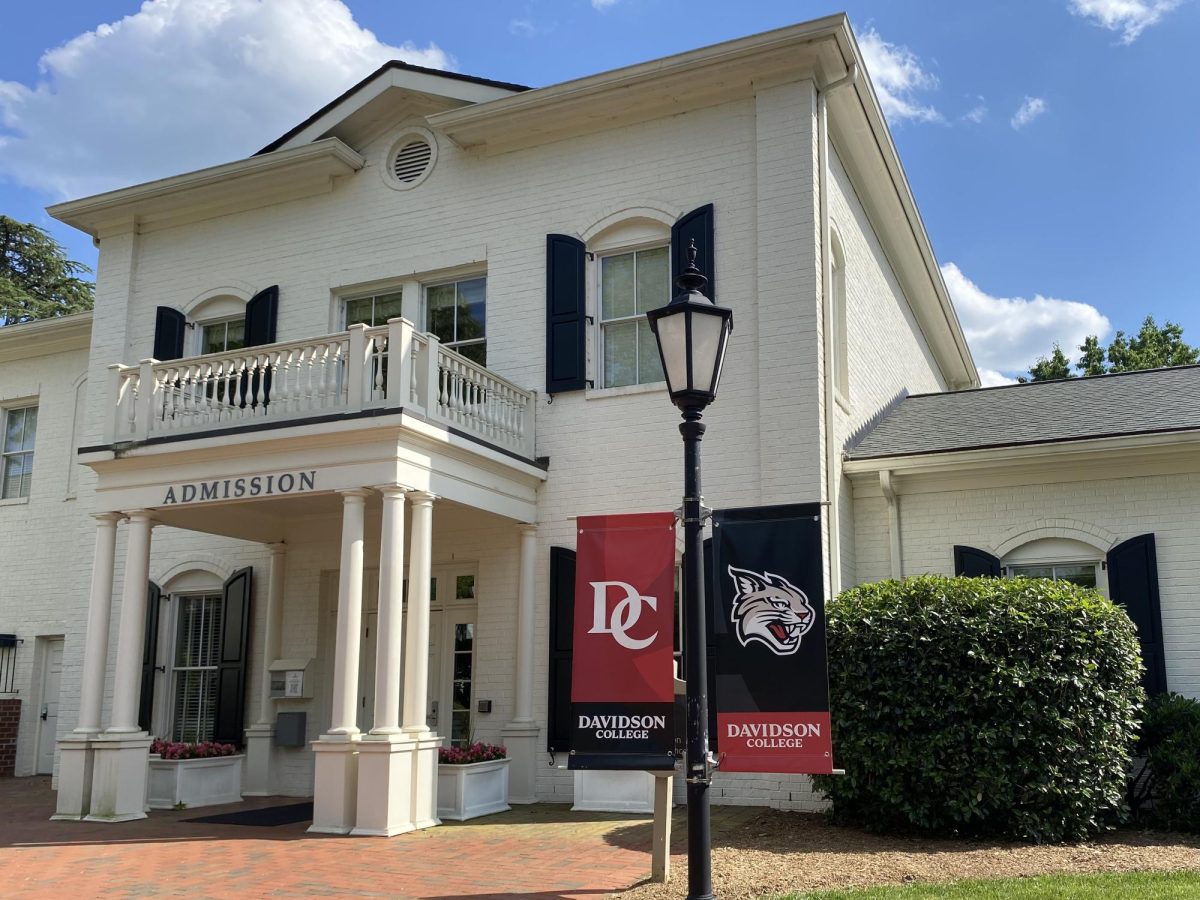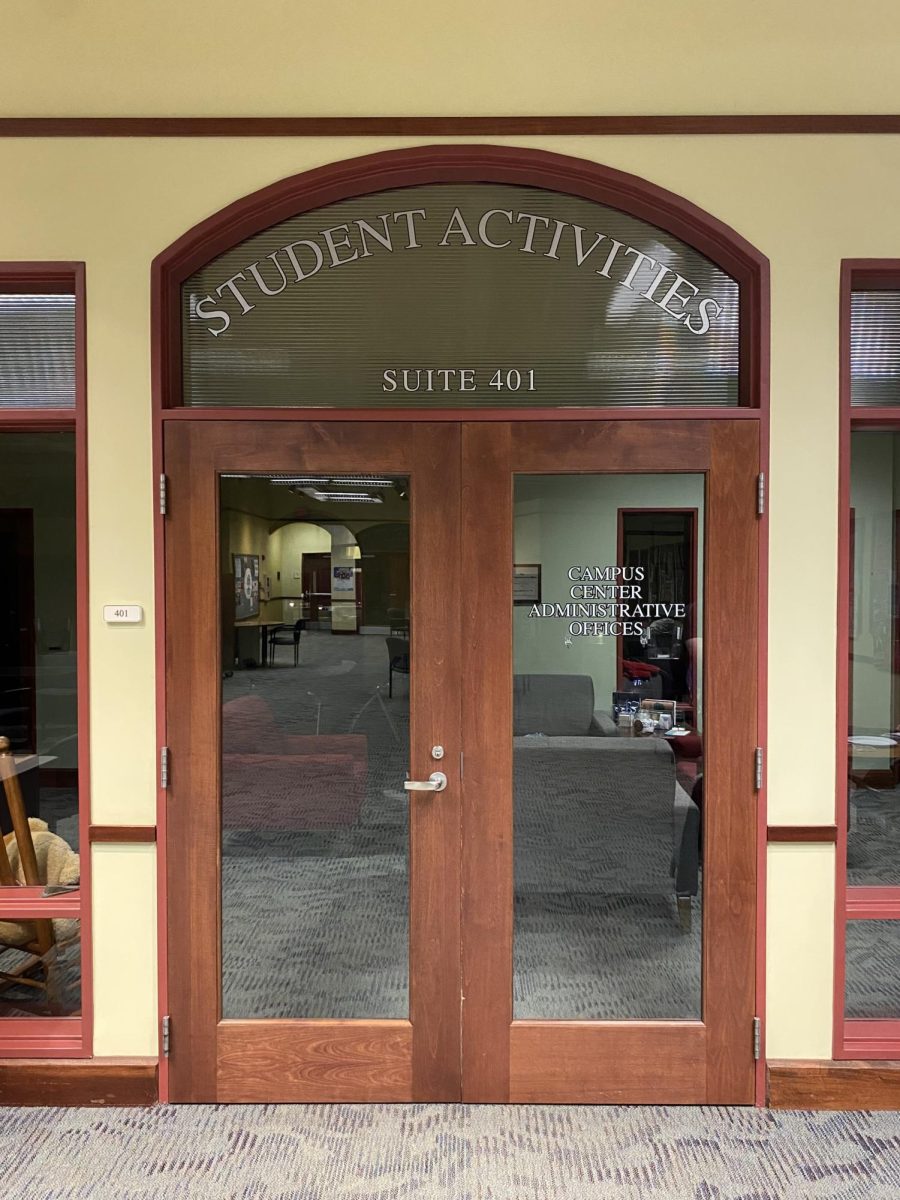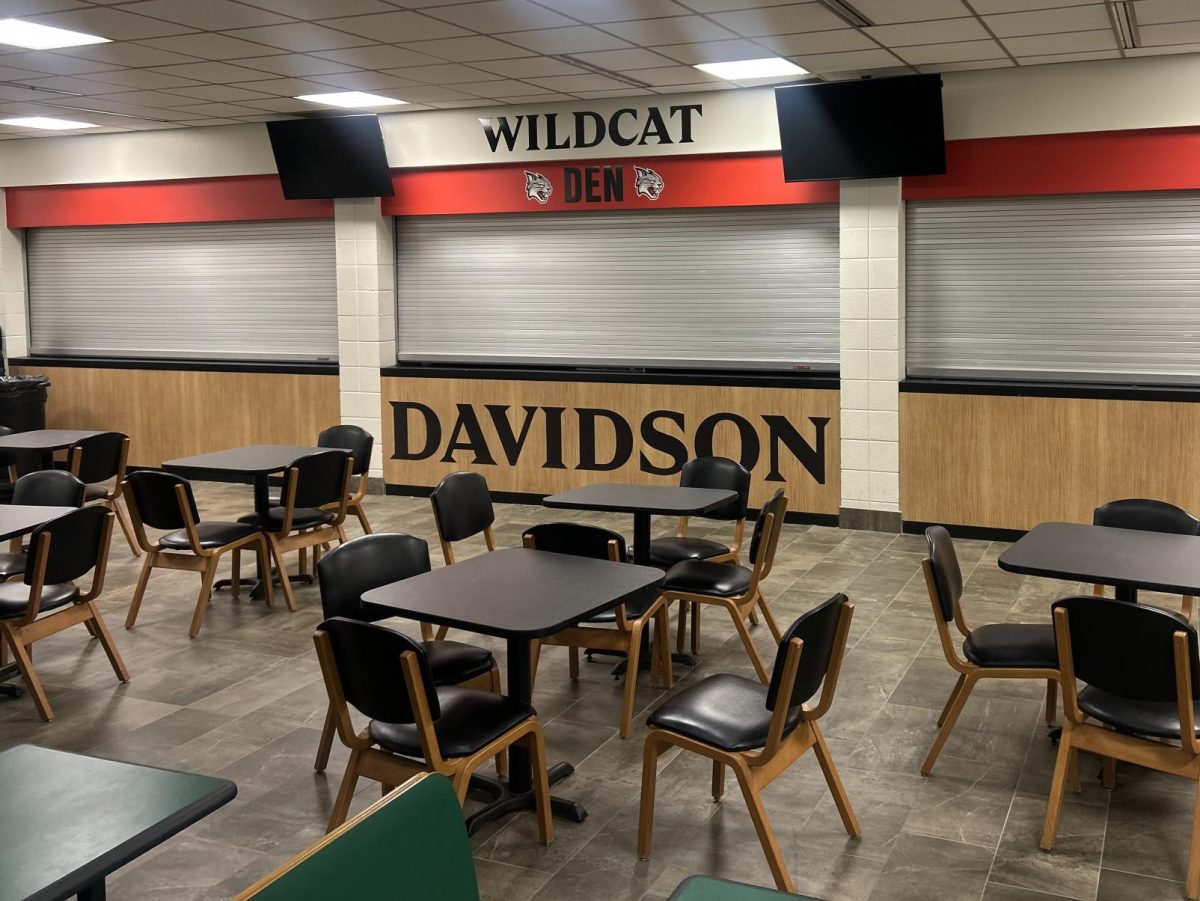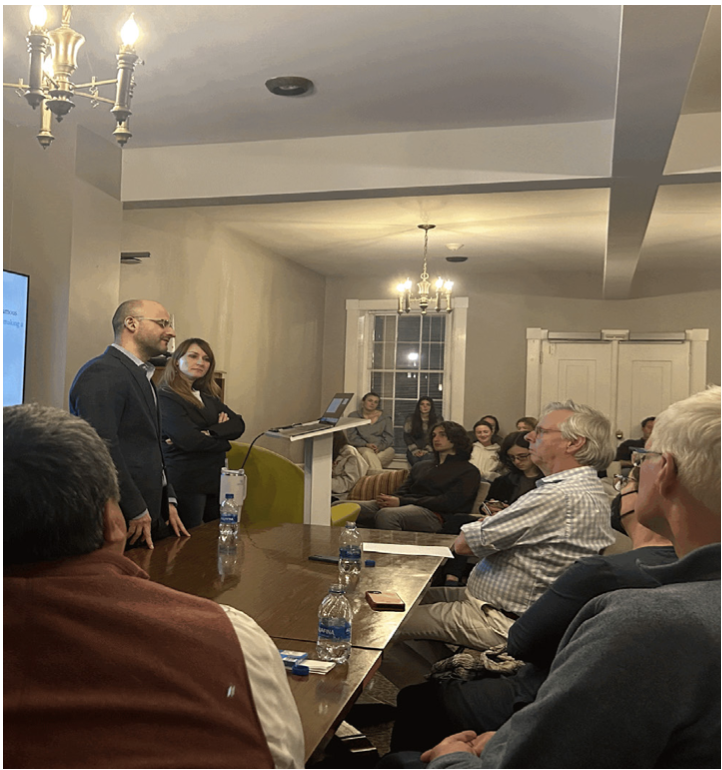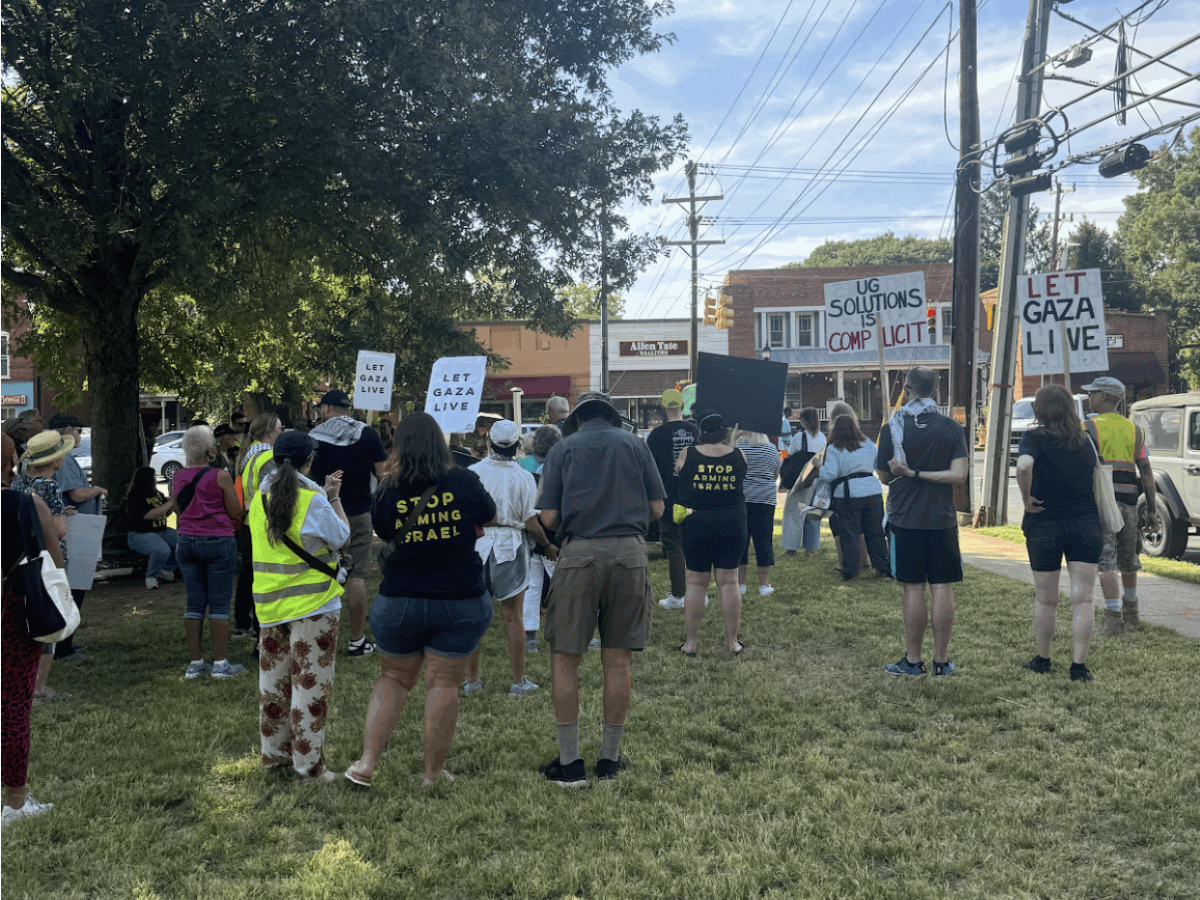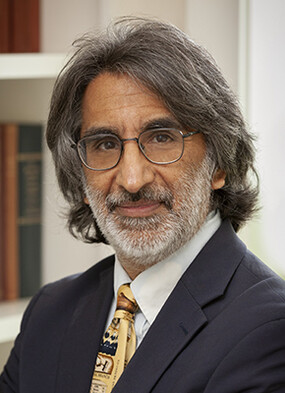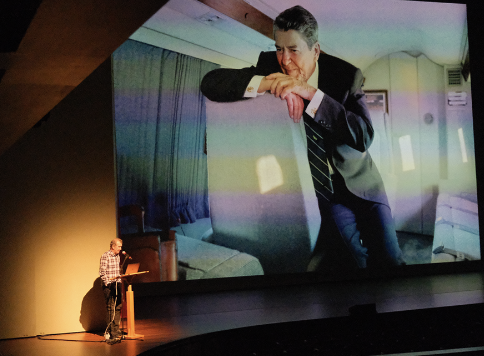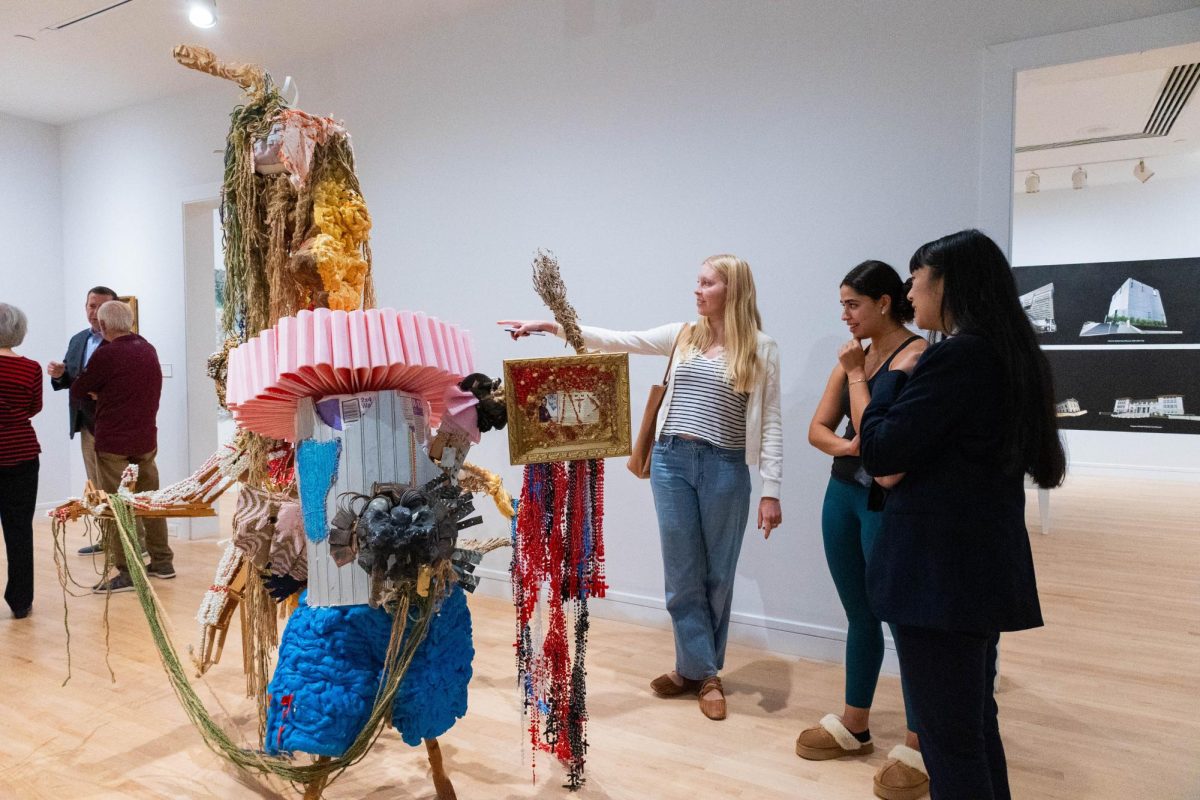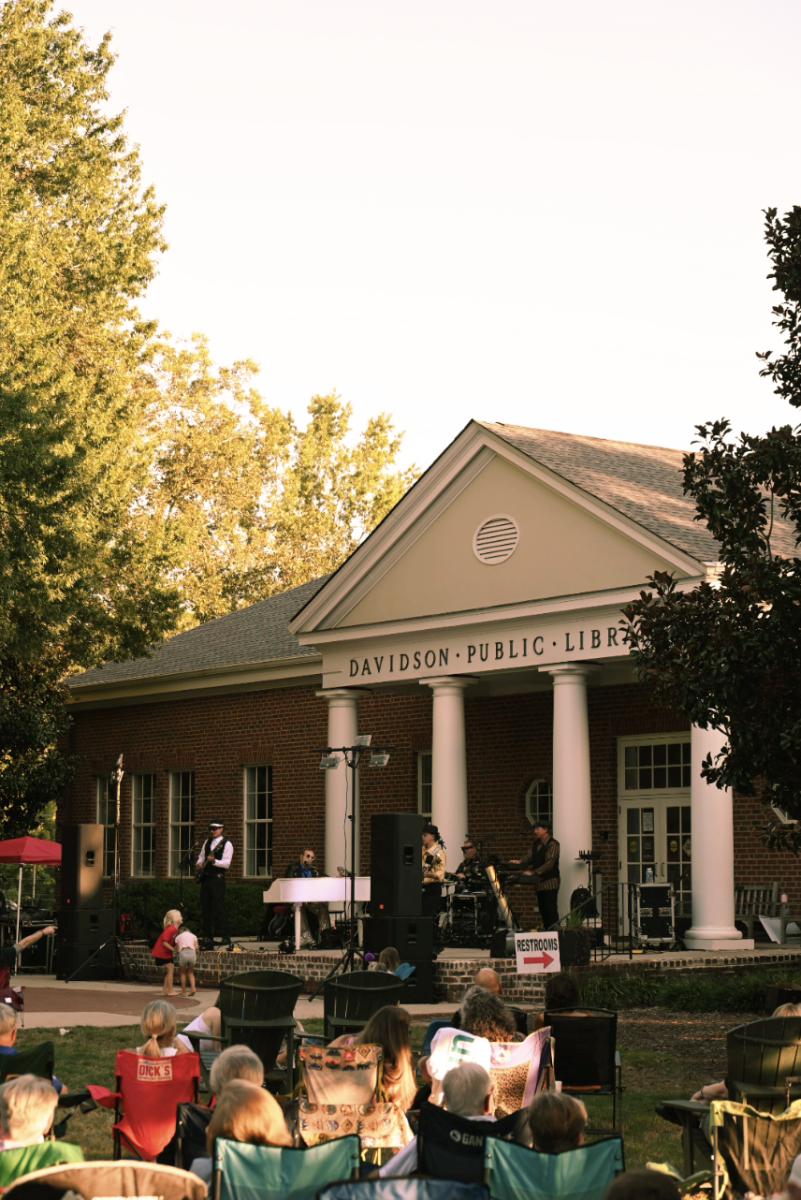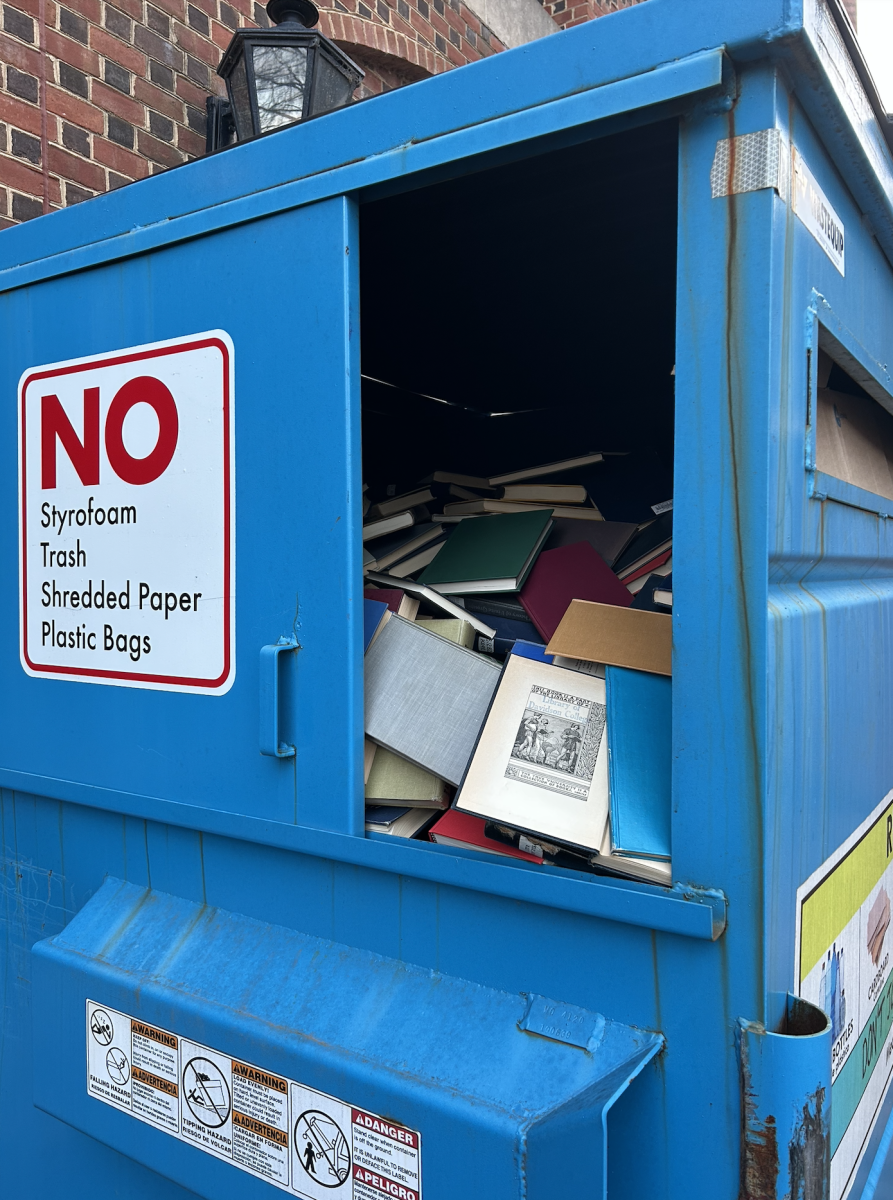With construction of the George Lawrence Abernethy Library set to begin in just a few short months, students, faculty and staff are preparing for a two-year-long transition that will include significant changes to the library’s physical collections as well as a complete renovation.
Early planning for the library renovation—Davidson’s most expensive capital improvement project to date—began over a decade ago, according to Senior Executive Director of Facilities and Engineering David Holthouser. Initially, plans were put on hold as the College weighed whether and when to relocate hundreds of thousands of physical volumes. “We had the debate on campus for a decade and really struggled with [whether to relocate],” Holthouser said.
As peer institutions began to embrace digitization (especially in the aftermath of the COVID-19 pandemic), Davidson began to more seriously consider moving the majority of physical volumes off campus.
When President Doug Hicks ‘90 started his tenure in August of 2022, the library transformation became his “top priority,” according to Holthouser. “He immediately started lobbying for funding support [and] was very successful.”
Hicks secured $25 million in funding from Bob Abernethy, son of longtime Davidson professor George Abernethy, for whom the library will be named. The Duke Endowment gave an additional $60 million gift, the largest single donation in the College’s history. Davidson hired Minneapolis-based MSR Design to lead the overhaul.
“It’s gold-standard, well-thought-out,” according to Dana Professor of German Studies Dr. Scott Denham, who has spent years helping to plan for the renovation. “From start to finish, [the planning] really couldn’t be any better, and one confirmation of that is how fast the funding is coming in,” he said. Months away from the transition, those plans are now nearing completion.
Preparations in E.H. Little Library include removing unused and outdated materials from the current collection and preparing to transfer everything else to a new annex located off the cross country trails, which is scheduled to be completed this summer.
For more than a year, faculty and librarians have worked to determine which materials should be transferred in hard copy to the annex, with a focus on reviewing outdated materials on the underutilized second floor that is organized under the Dewey Decimal system.
In 2009, the library began a yearslong process of organizing its collection under the Library of Congress system. As part of this conversion, any book checked out from the Dewey Decimal organization on the second floor over the last 16 years has been reclassified under the Library of Congress system upon its return to the library, according to Assistant Director of Collections and Discovery James Simon, who is leading efforts to update the library’s collections.
“The bulk of the 174,000 volumes upstairs have not circulated in more than 15 years,” Simon said. Citing records dating back to 1993, nearly half of that collection has no record of circulation whatsoever. “Some of them you open up and the cover is just cracking,” Simon continued.
While some materials will be removed from the collection, the decision to discard books is not taken lightly. “We are being very careful, but the job of librarians is to look at the collection over time and make sure it stays relevant,” Simon said. “We’re really not touching anything on the [basement] floor.” Simon did note that some books have recently been discarded due to mold.
Faculty have been asked “dozens of times” over the past 16 months to weigh in on which older books should be kept, according to Denham.
Apart from long overdue updates to the physical collection, library staff have also made plans to ensure access to key services during the renovation, including the Writing Center, the Center for Teaching and Learning and the Academic Access and Disability Resources Office. All will continue to operate normally, borrowing space in other academic buildings.
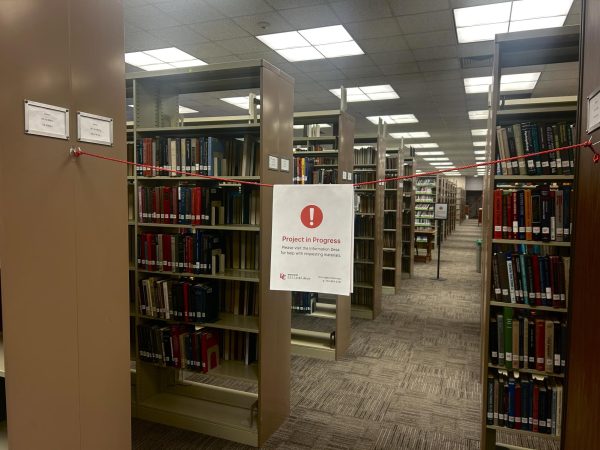
While the interim phase will present challenges, Library Director Lisa Forrest is confident that library programming will continue to operate smoothly. “The library will be there on day one when [students] come to campus. It may not be the library that everybody remembers, but it will be the same level of services. The Lilly Family Gallery will become the center of these temporary facilities and will be fitted with new rugs and furniture, a café area, laptop checkout and printers.
Books will be available within a few hours, thanks to twice-daily shuttles between the new annex and Lilly Family Gallery. “The team is still here on campus. We’re ready to support students,” Forrest said.
Dedicated 24/7 study spaces will also be available in Chambers and the Tomlinson Hall conference room, where many of the library’s study carrels will be moved.
While the new library will house some books, about half will remain in the annex permanently. Moving forward, many new materials will be available electronically thanks to the library’s “E-preferred” acquisition process, but books will remain featured on every floor of the library. Staff are aiming to curate “a modern-day collection” that better aligns with curricular needs.
Taken together, the construction of the annex and updates to an outdated physical collection will allow the new library to dedicate more space to students. New additions will include “expanded spaces for students to work, quiet study rooms [and] a great classroom,” Forrest explained.
The top floor will house a new staff and faculty scholarship suite alongside silent reading rooms for students. “When you go up to the new fourth floor, that’s where our new café will be,” Forrest added. Other additions include an outdoor classroom, “Art Yard” and meditation space.
Just months away from E.H. Little closing its doors, Forrest is excited about the “vibrant” new library awaiting students on the other side of the two-year construction. The library’s purpose will evolve from book storage to curiosity-driven collaboration, and library staff emphasize that the changes are something to celebrate.
“There are places around the world right now where libraries are shutting down, and we are going to have this hundred-million-dollar project,” Forrest said. “How lucky are we.”


